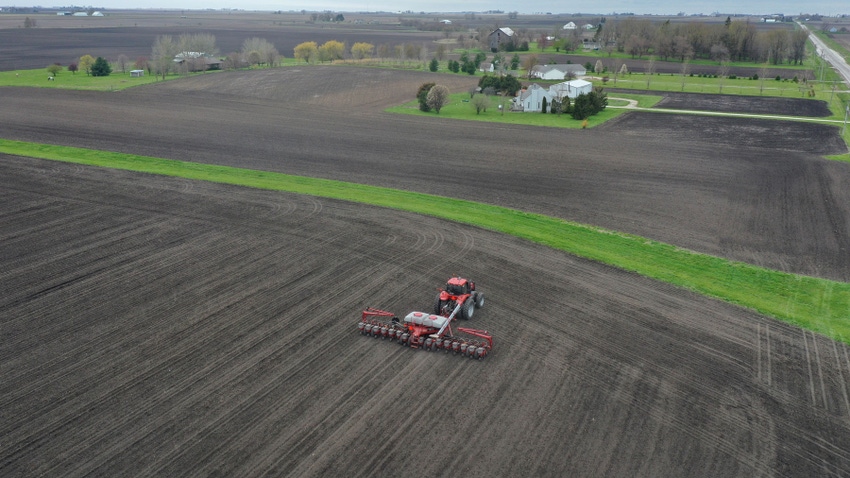February 10, 2023

In the modern climate record, Minnesota’s warmest-ever winter season (December through February) was in 1997-98, when statewide mean temperatures ranged from 8 to 9 degrees F above normal. Some golf courses opened on selected warm days throughout the winter. But this was not exactly the warmest winter in state history.
Taking a more in-depth look at rare Smithsonian Institution climate records that go back to the 1850s, I find that the winter of 1877-78 stands out, with average temperatures for the three months of winter (December through February) running about 12 to 14 degrees above normal. There were several days above the freezing mark in January 1878; and then in February, many days brought daytime temperatures above 50 degrees.
In more recent climate studies, the extraordinary warmth of the winter of 1877-78 was found to be associated with the strongest episode of the El Niño Southern Oscillation during the 19th century. ENSO, which brings very warm sea surface temperatures to the equatorial Pacific Ocean, has been found to be associated with many other warm winters in Minnesota and the Western Great Lakes and is used as a forecasting tool even today.
Warm winter, no snow meant early planting
The warm winter pattern of 1877-78, combined with the absence of snow cover to start March, set the table to have an extraordinary month. Climate records for March 1878 show that only two to three days brought cooler-than-normal temperatures to Minnesota, while the balance of the days were several degrees warmer than normal. Many afternoons brought temperatures from the upper 50s to lower 70s.
In addition, most nighttime temperatures remained warm, with two-thirds of the nights staying above 32 degrees. In fact, there were several nights when the temperature did not fall below 50 degrees, and those remain daily record-warm minimum temperatures even today, 145 years later.
Lakes lost their ice cover early that March. The Duluth harbor was opened for shipping by March 17. Lake Pepin was ice-free by March 9, Lake Minnetonka by March 11 and Lake Osakis by March 13 — all the earliest such dates in their climate records.
In addition, the soils were not frozen — and, in fact, snow-free, dry and tillable. Farmers did not wait for any better weather to materialize and began to plant small-grain crops by midmonth. All of the small-grain crops for the state were planted by the end of March, a singular occurrence for Minnesota agriculture in the 19th century.
As for this March, expect some ups and downs in temperature as usual, but there is no signal in the climate outlook models to suggest exceptionally mild conditions like those of 1998 or 1878.
More on Minnesota’s weather history is available in the new book by Mark Seeley, “Minnesota Weather Almanac Second Edition,” available at bookstores or through the Minnesota Historical Society Press.
Seeley is an Extension professor emeritus of meteorology and climatology at the University of Minnesota.
About the Author(s)
You May Also Like




